In common with many manufacturers seeing the success of the Rolleiflex, the Japanese company Yashica began to market its twin-lens Reflex cameras from 1953. They included the wonderfully named Pigeonflex, the Yashimaflex (which later became the Yashicaflex) and the Yashica Mat.
In 1958, Yashica introduced its double-format TLR, the Yashica 635. The 635 is so named because it can produce 6x6cm images on 120 film as well as 35mm photographs. A 35mm adapter kit is installed in the camera to shoot the smaller format.
The 635 was not the first TLR capable of being adapted to shoot 35mm. If you owned a Rolleiflex, you could purchase the Rolleikin adapter for the same purpose. The 635 was a significant export model for Yashica and continued to in production until the early 1970s.
Starting the journey
I started my journey collecting cameras five years ago, and the Yashica 635 was the first TLR that I had owned. It was a gift to me from a good friend, and it continues to be my favourite camera and one of the most precious in my collection.
The lens on my 650 is a Yashikor 1:3.5 f=80mm with a Copal MXV shutter allowing speeds of 1S to 1/500s. Exposure can be set from f/3.5 to f/22. A roll of 120 film provides twelve frames on the 635.


The film winder, the focusing knob and the exposure counter are located on the right-hand side of the camera (if you’re holding it as if to take a picture). On the left-hand side are the 35mm advance and 35mm rewind knobs. The wheels on either side of the lens control the shutter and the aperture, while the shutter-release button is on the bottom right under the taking lens. Most of the controls can be operated with the right hand while holding the camera steady in the left.
ABOUT THE AUTHOR: Lisa’s day job involves working as a professional archivist for a religious order based in Ireland. Since childhood, she has always had a deep love of history and holds a bachelor’s degree in ancient history and a master’s in public history. She later developed a love for photography and the ability to capture a moment in time. These passions collided when she chanced upon some Kodak folding cameras at a Dublin flea market several years ago. Instantly enamoured with their aesthetic and excited by the opportunity to own a little piece of photographic history, she subsequently fell into camera collecting and hasn’t looked back. Her collection has grown exponentially since those first folding cameras, and she finds great joy in giving her cameras a new lease of life by shooting a roll through them and researching their history. Using a vintage camera is to hold the history of photography in your hands. And what’s not to love about that.
Film loading
The dial on the bottom of the body opens the back, ready for loading. In common with most TLR cameras, the film is loaded into the lower chamber and pulled through to the top section, where you insert it into an empty spool. You wind the film on until the arrow appears on your film and then line it up with the red indicators in the loading compartment; the process is easy and straightforward.

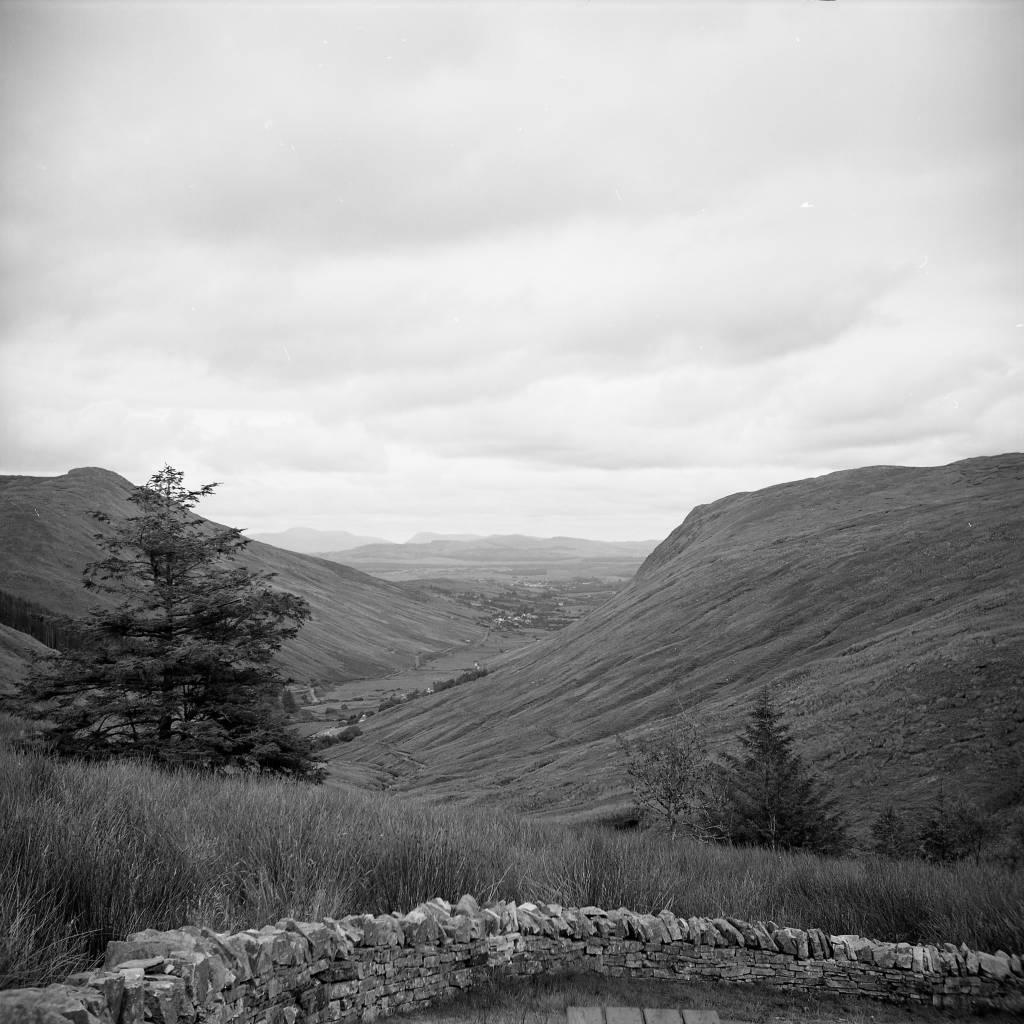
The focusing hood opens up, and photographs are taken by holding the camera at waist level and composing the image through the focusing screen. A small magnifying glass can be flipped up to help ensure that your image is accurately focused.
I find the focusing screen on the 635 to be bright and clear, especially when using the camera outdoors. The option of using the sports finder involves pushing the front of the focusing hood down and looking through a small square at the back of the hood to compose the photograph. However, this is not a feature I have used, so I cannot say whether it is necessary.
Not only is the 635 a stunning looking camera, but it also takes fantastic photographs. Sometimes, the image edges may be a little soft, but this adds character and gives that beautiful classic aesthetic. After all, I don’t shoot film for perfection; I shoot it for fun. In general, though, I find the image quality of the 635 to be sharp and clear once you get your focusing right.
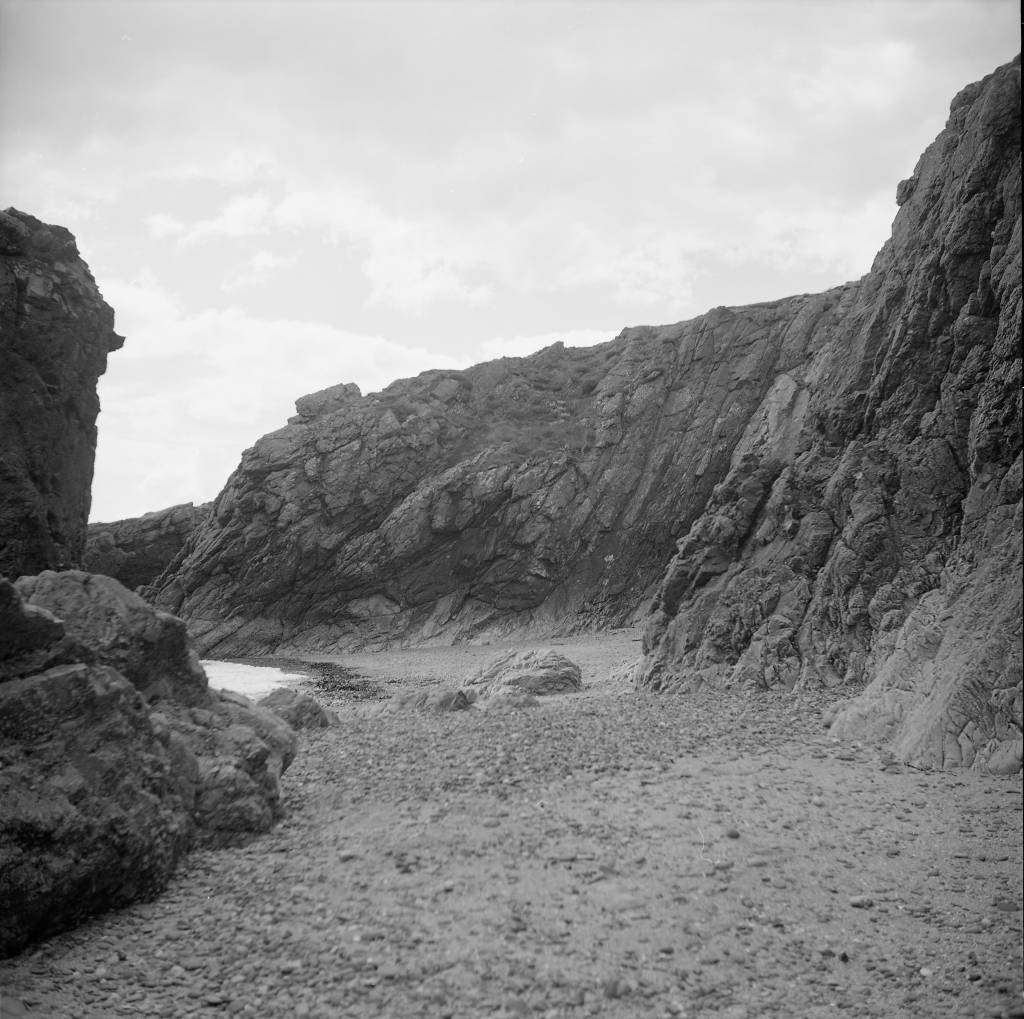
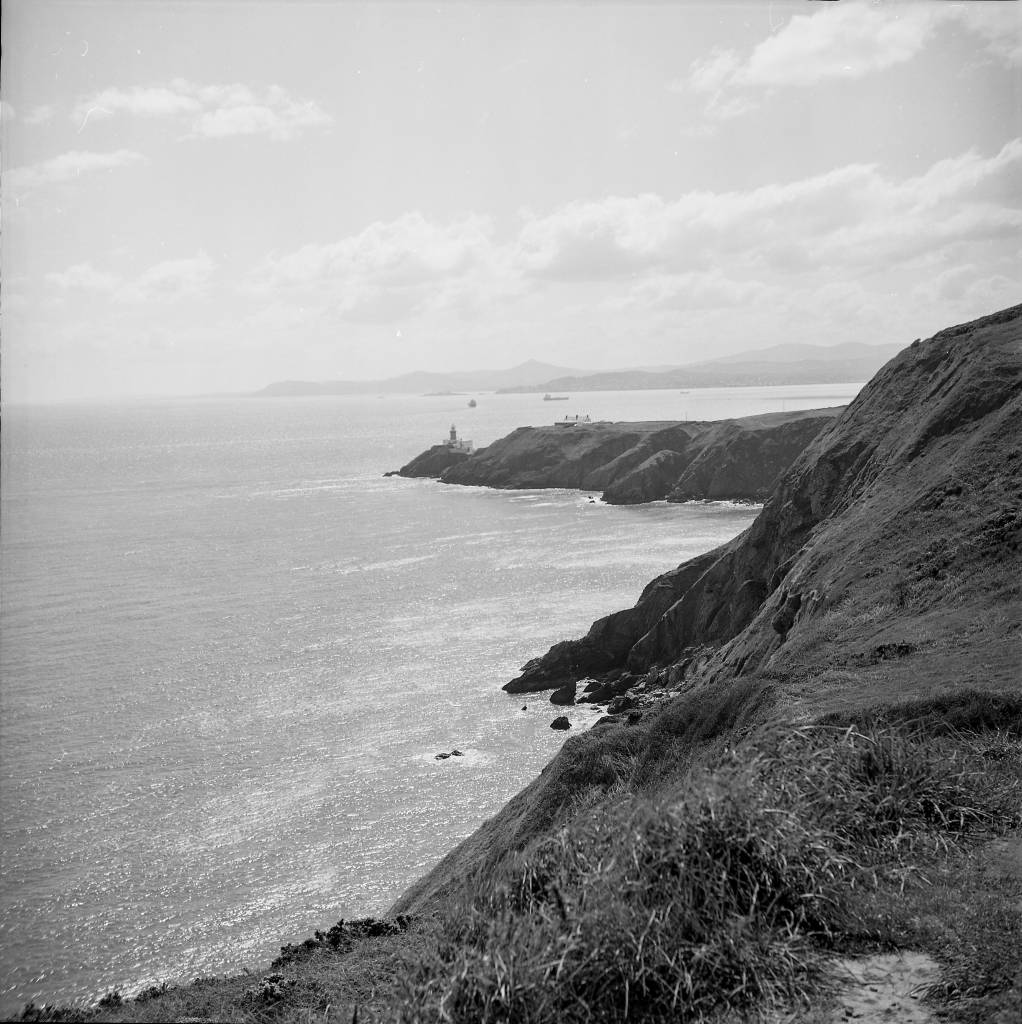
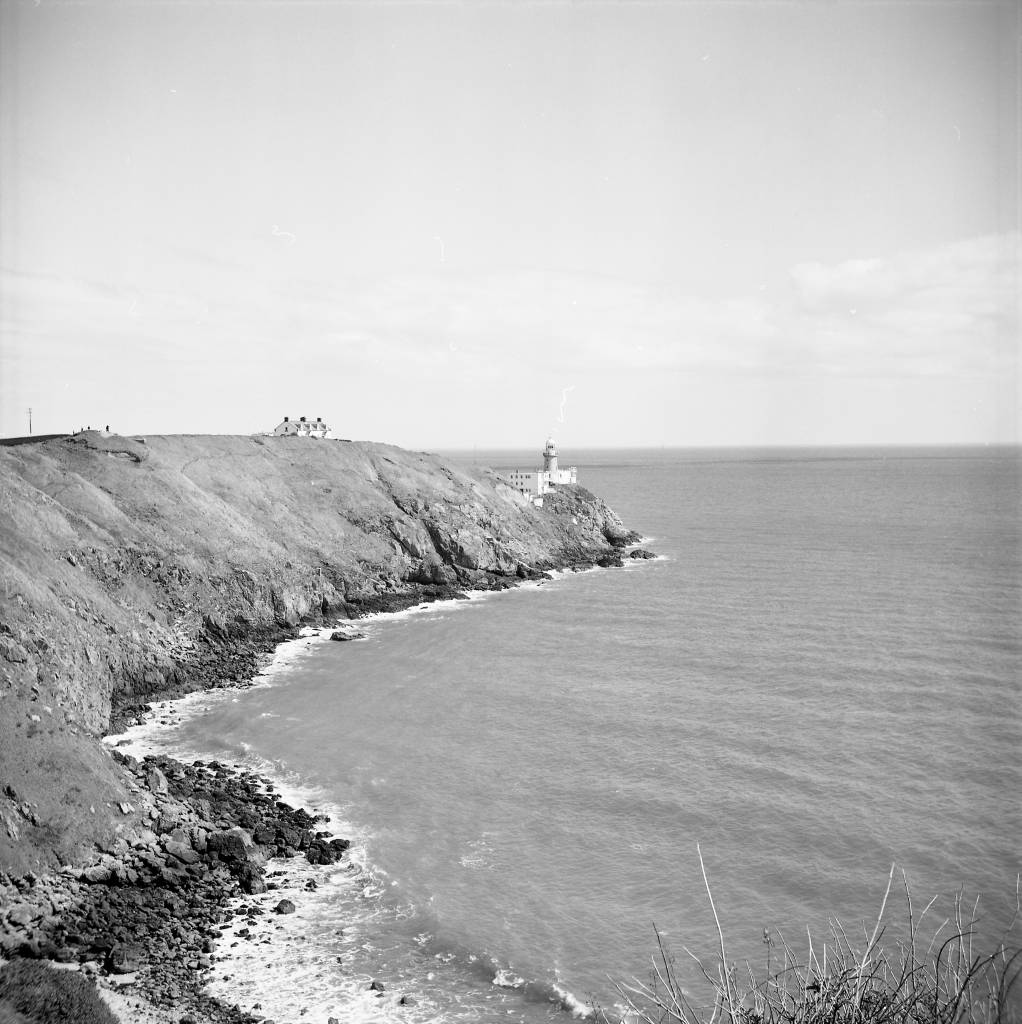
TLR quirks
I used the wonderful resource that is Yashica TLR to find out more information on my own model. I was both surprised and delighted to discover from the serial number that I have an early model from July 1958, to be precise. Another indicator of this is the format of the Yashica branding between the lenses. My own version shows ‘Yashica’ written in an oval, where later models had the name written in bold block letters.
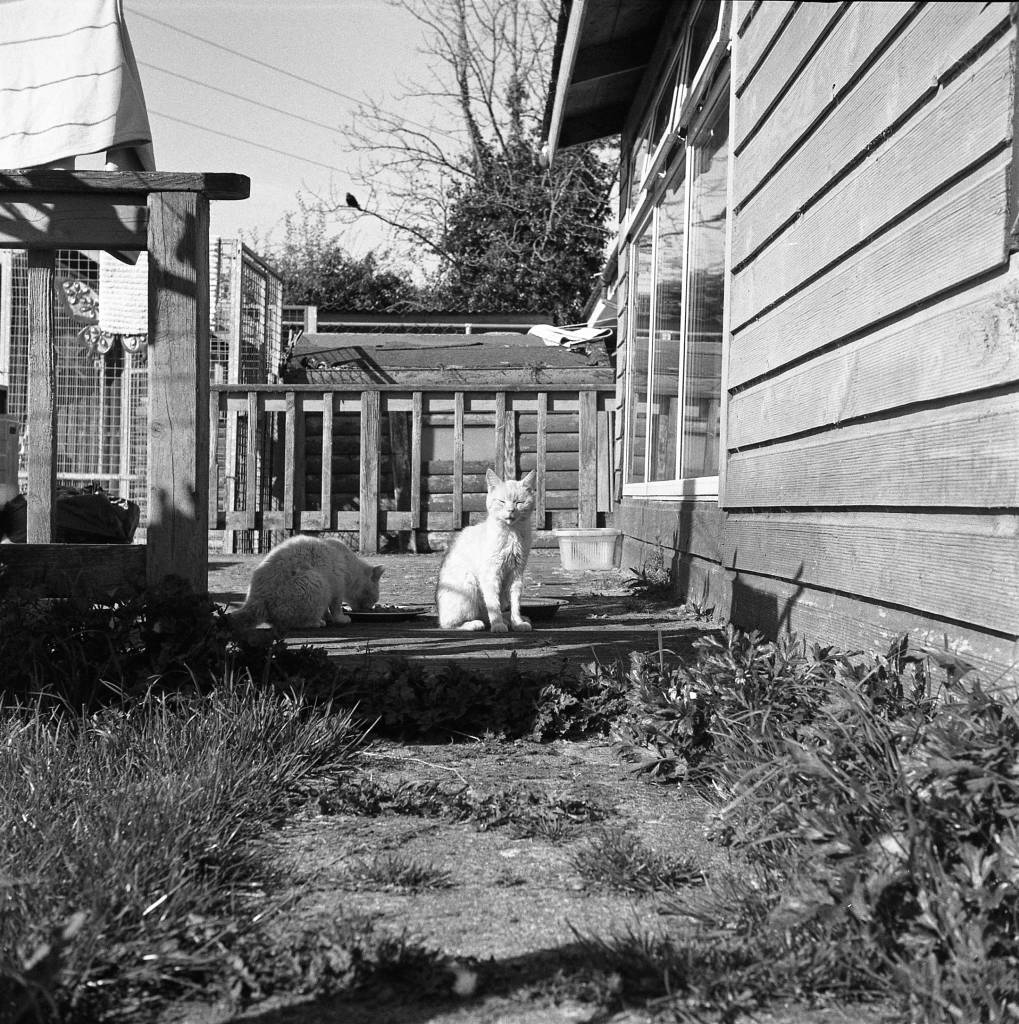
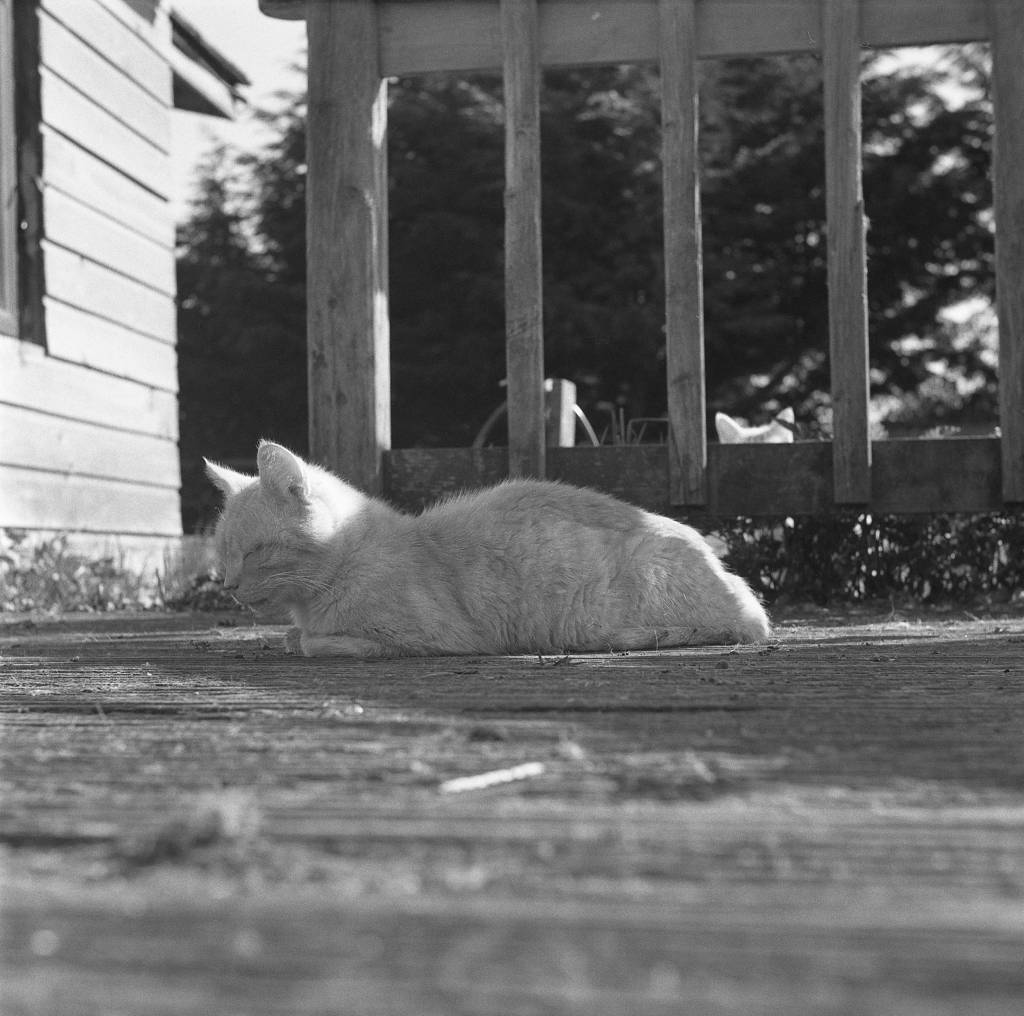
I feel that the photographs I’ve captured on the 635 are all the more impressive given the camera’s age.
There are quirks to using a TLR, such as the reverse image when looking at the focusing screen and, also, the weight of these cameras can surprise. The 635 is not a light camera to carry around. But, at the same time, that weight makes the camera feel solid and reliable. The 635 does not have an integral light meter, so I use the “sunny 16” rule to work out my exposure. Occasionally I have also used an external light meter.
Another peril is that you can end up with a double exposure if you forget to wind on the film after taking an exposure. Or, if you’re as forgetful as I am, a triple exposure.
If you can overcome these quirks, then shooting a TLR is an absolute joy, and the 635 is no exception. I have taken this camera on many holidays and have been delighted with the photographs it has produced. In my own experience, using a twin-lens reflex forces you to really slow down and take your time with your photography. It can be a slow process to compose your image, ensure it is in focus, and correct your settings. But, to mind, this isn’t a bad thing.
In a world where we can take instantaneous snapshots on our phones and probably never look at them again, there is no harm in slowing down and being deliberate in the images we take. For anyone looking to give medium format photography a try, I can wholeheartedly recommend the Yashica 635—a solid and beautiful camera that produces quality medium format photographs.
Read more on film cameras
Make a donation to help with our running costs
Did you know that Macfilos is run by five photography enthusiasts based in the UK, USA and Europe? We cover all the substantial costs of running the site, and we do not carry advertising because it spoils readers’ enjoyment. Every amount, however small, will be appreciated, and we will write to acknowledge your generosity.

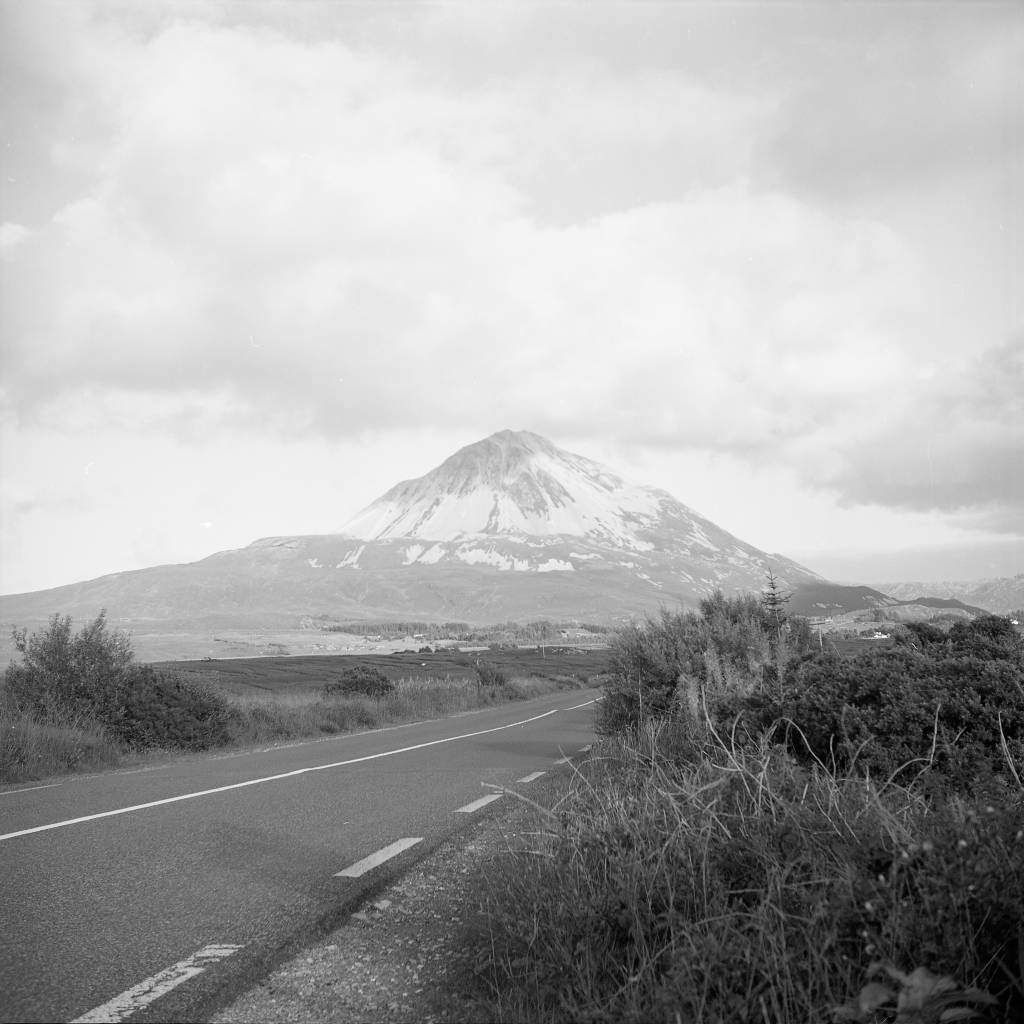
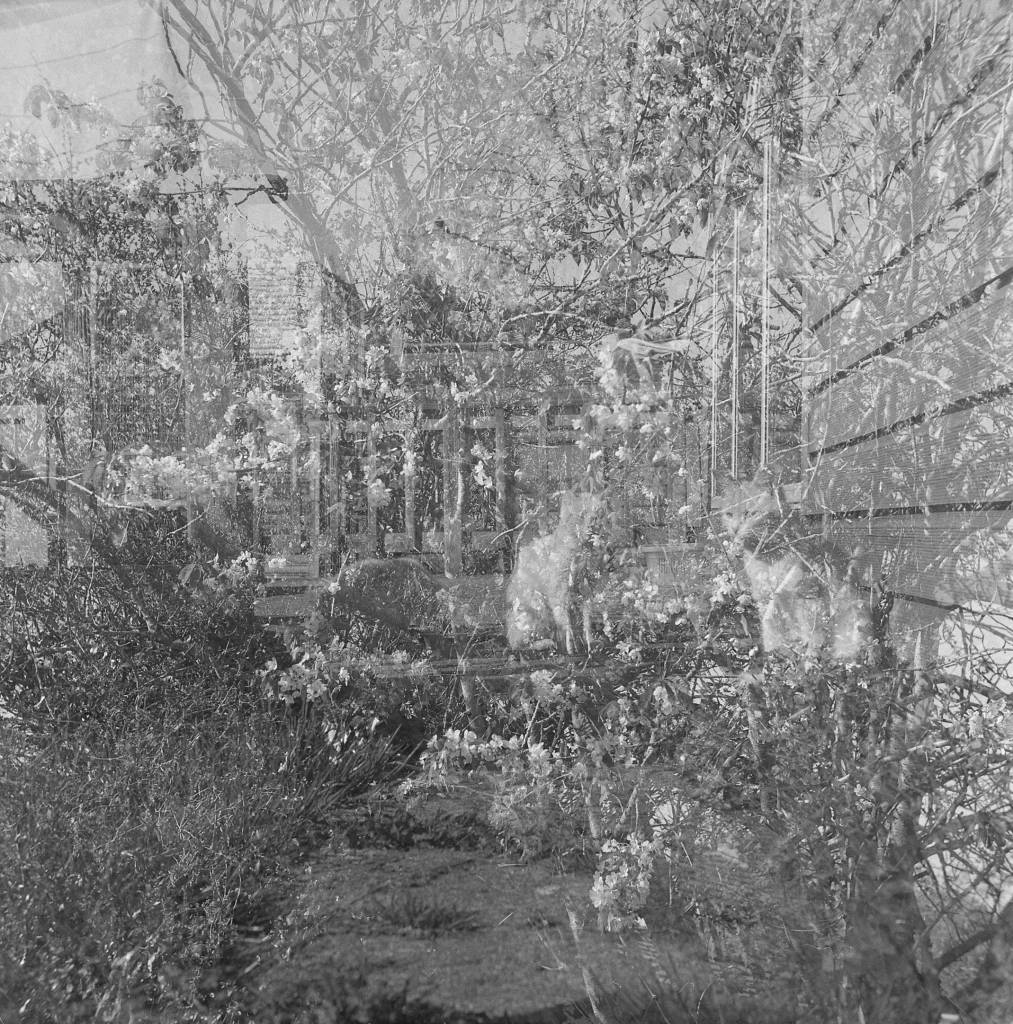
My 635 was from the Navy Exchange 55 years ago. I used it off and on for a decade, then got into Nikons because of my multimedia 35mm slide work I still miss the feel of that sturdy box frame. Took me back to my1952 days with a Brownie 120 box, and then my Kodak TLR 120 shooting from the mid 1950s, B&W and even color shots were so much fun for landscapes and people in high school. I used to shoot with the 635 at dog shows. I got to use it for astronomy too. I would bolt it onto the side of a motorized 8 inch reflector that I made. I would use the reflector to track a star, and take long exposures of a starfield. I was well out on the desert of Southern California, so the sky was nice in the 1970s. Later I would go up into mountains NW of Los Angeles and use a 10 inch SCT for the same.
Now it seems I have gotten lazy by using DSLRs from Nikon and film SLR from Canon. Maybe I should hunt down my 635 again. I might get more creative. Still making telescopes too. The latest is a 16 inch shaped like the Palomar Mountain 200 inch.
Stuff that shoots double on one negative, gives a lot to work with.
For example, u can make 1-2 of format covering one than other side of lens, if dont have enough place for photos, or ittentional double expisure like chinon cg5 has.
What a wonderful description of the Yashica 635. Thank you for such simple yet useful analysis of the camera. I love black and white photography and will certainly hunt for one of these fine cameras. José
Lisa. Wonderful article. What film stock did you use on this story?
Hi,
We have a Yashica 635 but on the side of the camera it has a head embossed on, very similar to King George VI, has anyone heard of one like this?
Thanks
Dear Lisa, thank you very much for sharing your knowledge and experience. I really liked your photos, and they motivate me to re-enter the medium format world as one of my next projects (after The M Files are finished). I still have my late father’s Zeiss Ikonta from the 50s which works flawlessly to this day. And I do feel some kind of Fernweh as we say in German when I see your lovely pictures. It was one of my first destinations when I started to travel without my parents. I really do hope to get back there after more than 30 years – including Howth. All the best, Jörg-Peter
I have sometimes wondered what a TLR was like but never seen one up close – until now ! Your enjoyment is really tangible, and I warm to what you say about the slowness of the process. Coming from a completely different end, I quite often found/find myself cropping to square, but then I got a D-Lux 7 which actually provides an in camera square format, and it really taught me to relate to that shape as something other than a way of getting rid of superfluous material! But, I can’t do triple exposures, of course: yours is quite magical. Thank you.
Thank you so much for the lovely comment John. The slowness of the process is so important for me in a world where everything is fast paced. It’s nice to just take your time with something and be present.
Lisa
How refreshing to read about square format cameras again. Thank you, Lisa. (I am also intrigued by your qualifications in ‘Public History’. This is not the place to explore that discipline. However, perhaps you can satisfy my curiosity with a simple example in real life today?)
Having worked with square format cameras for five decades, I still miss that format in the digital age. Thankfully my compact D Lux offers square format framing as an option, which I occasionally select, when the subject cries out to be framed in a square.
Hi David, I suppose the best way to explain Public History is that it tends to deal with the way history is consumed in modern society by the general public. For example how we deal with commemorations of historic events or sites of memory. The focus for public historians is on the perception of history in the broader community rather than academic settings.
While I don’t work as a public historian it has been useful for informing my perception of how history is presented to the public. I ultimately went on to become an archivist, but a background in history is very useful in my job!
Lisa
Lisa, thank you for responding to my non-photographic question. Very interesting. Good luck with your collecting. It is encouraging to read about the actual use of old cameras. I feel that I am almost a little piece of history myself 😁
Don’t worry, David. I got a mention in Magna Carta…
Thank you for sharing your photographs and words, Lisa. I especially liked ‘Triple Trouble’. Keep shooting lots and enjoy the possibly uncanny ‘accidents’!
Thanks Frank I like the ‘Triple Trouble’ too. Even after a few years of using the 635 I still often forget to wind on but it’s all part of the joy of film!
Lisa
Thank you for this interesting article. I have a Seagull but never used it until now. Too much linked to all kind of Leicas but after today I will give her a try.
Thanks Ulrich. Definitely take the Seagull for an outing, medium format is fun and it’s good to shake things up once in a while, it keeps us creative!
Lisa
A very enjoyable article. I also appreciate your patience with film. I find that having learned photography from using film extensively It has made me explore a subject more before I take my photos. However, I do not want to deal with getting my film into my computer.
You have a good eye for the square format. I often crop images into the square format.
I find your first cat image purrfect!
Thanks for your article and I am patiently waiting for your next submission.
Thank you so much Brian, it definitely takes patience both to shoot film and then get it onto the computer! But I have to say I really enjoy the process. Digitisation is a huge part of being an archivist nowadays so scanning my negatives at home influences my work practices and vice versa. It is a constant learning experience.
Lisa
I envy your skill, well any of Mac peeps, that use film. Love the photos and being a black white movie nutter, your hidden beach Cliff Walk reminds me of HEATHCLIFF charging up the path, in the rain storm, to look for his lover. Thank you showing us this camera and please keep your Articles coming. My wife’s father was your typical Irish Cop that came to USA with potatoe famine, and anything with Dublin in it has special meaning to her, she actually went their years ago and saw block where he was born in Dublin. Again thank you!
Thank you for your kind words John, I am really glad that you enjoyed the photographs and the Cliff Walk sparked such a great image! That particular photograph is one of my favourites just because of the feeling I get from it. It’s hard to explain but I think for me it evokes a sense of mystery. It’s fabulous that your wife had the chance to visit Dublin, I hope she enjoyed her time here.
Thanks again!
Lisa
Thanks Lisa for a truly enjoyable article accompanied with beautiful black and white images. I really enjoy the muted processing of your black and white images. Your pictures of Howth remind me of that wonderful walk around the peninsula after the dart last stop. If my memory is good there was an excellent fish and seafood restaurant not far from the harbour. I don’t know if it still exists as that was more than 30 years back.
Thanks again for sharing
Jean
Thank you so much for the kind comment Jean, I’m so glad you enjoyed the article! Howth is still renowned for having many fabulous fish and seafood restaurants. A visit there just isn’t complete without fish and chips!
Lisa
Wonderful article and photos, Lisa. You have away with words as well as with cameras. I had seen the original of this on your own website, of course, but I am sure you won’t mind me saying that it looks even better here. Readers here should know that Lisa not only knows how to use old cameras, but she also collects them as well. That Yashica 635 TLR is a lovely camera. She has some items in her collection that I would love to have in mine. She has also encouraged me to drag out my Rolleiflex and to start shooting with that again and I have been very pleased with the results. Unlike David, I don’t mind the challenge of adjusting to a different format. If anything it stimulates creativity through having to rethink visualisation.
Finally, it was really refreshing to come across Lisa and to find that not all vintage camera collectors and users are old fellas like me.
William
Thank you so much William, I am just delighted to be able to share my love of vintage cameras. I’m so happy you got the Rolleiflex out, such a beautiful camera deserves to have an outing!
.
I occasionally used a TLR of one brand or another, or some other square format camera such as a Bronica, Hasselblad or Kowa Six ..b-but I just can’t cope with shooting a square image!
I’m happy to look at them – such as Vivian Maier’s wonderful photos! – but I just don’t know where to ‘place’ things if I’m shooting a square picture. They don’t – for me – have the clarity and solidity and ‘certainty’, set on a broad pedestal, if you like, of ‘landscape’ format.
I don’t know what to put where in the photo; how to organise or arrange things. With a ‘landscape’ photo – or even an upright ‘portrait’ format – I know where I want things ..but square format; ugh! Help!
So while I’ve a (lonely, sleeping) YashicaMat here in the cupboard, it never sees the light of day. I just can’t understand why anyone would choose square format ..it’s neither one thing nor the other!
David B, 6×6 ‘square’ medium format lends itself to cropping … thus is no detriment to producing landscape and portrait format images … especially if a grid screen or overlay is used when composing. Furthermore, the square format enables 12 images on a 120 film whereas 6×7 permits only 10 shots and 6×9 only 8 shots. Back in the good old film days, 6×6 slide projectors were just about affordable and the quality of projected images was far superior to 35mm slides. The cost of 6×7 and 6×9 projectors was prohibitively expensive; I only recall one instance of a 6×9 projector being used for a camera club presentation. Another advantage of 6×6 medium format … especially if using a Rolleiflex or Rolleicord … is that 40mm x 40mm ‘Superslides’ can be produced which can be projected via some of the better 35mm format slide projectors. And ‘Superslides’ can be cropped to e.g. 40 x 20 when the subject lends itself to a ‘letterbox’ view. 6×6 square format can be very creative … just requires a little imagination and a grid screen.
But if one’s shooting with the idea of cropping to some other shape later ..why not just shoot in that preferred shape anyway?
Yup, square gives 12 shots on 120 film, whereas with other shapes you get fewer shots ..which is a good reason for shooting on 220 film and thus getting twice as many shots! (Goes on to say “My Fuji 680 shoots nine 6×8 shots on 120 OR 18 shots on 220 film. Gives a nice solid ‘landscape’ shape, and the back revolves to deliver ‘portrait’ shape”.)
But square – of whatever size; 6×6 or 4×4, etc – would seem to ‘waste’ so much film if the intention is to crop the pictures afterwards. It’s like buying, or building, a house with three extra rooms “just in case” because you don’t know how many rooms you actually want. It’s like buying a car with six seats instead of the more normal four, just because you don’t know when – or if – you might sometimes want to carry extra people.
It’s like (..splutters on for several more paragraphs..)
A woman friend of mine who has been a professional photographer for between 35 and 40 years told me last weekend that she was holding onto her Hasselblads because they shoot square format. The only conclusion I can reach is that you cannot please all of the people all of the time.
Lisa has really mastered the square format and this is obvious from her photos. I struggle with seeing the corners of images, but that is from poor peripheral vision which affects taking photos in 36×24 or square format etc or even avoiding lamp posts on the street.
William
It’s like all those vertical iPhone movies ..why on earth would anyone shoot vertical movies?! (..Because they don’t think; that’s why.)
My son said the other day that he’s shooting movies in lockdown (make-up movies for Instagram) and said that it was awkward to edit them in iMovie because iMovie turns them to ‘landscape’ mode.
B-but why would he be shooting them in vertical/portrait mode? ..Because, apparently, that’s what Instagram – and Instagram users, expect(s). – Gulp! –
I know that Ralph Gibson’s always shot photos vertically ..and why not, if that’s what you prefer ..his pics look Gr-r-r-eat! ..But vertical movies? Square photos?
As I said, I enjoy looking at others’ square photos, and I admire their skill in framing photos in square mode ..I just can’t do that ..it’s akin, I s’pose for me, to being tone-deaf or colour-blind: I just cannot ‘visualise’ square photos, or if I DO take any square photos, then the results are almost always – for me – unsatisfactory.
I only ever took one successful, or acceptable (in my eyes), square photo (with an old Bakelite Voigtländer TLR, I think) of an old car’s mudguard on some vintage car rally in France. [See, it’s stuck in my mind!] ..It was a dense black, shiny mudguard, on dense black-&-white film. That’s it. Just the one. The only one I ever got right..
Dunk’s suggesting “shoot square, trim later”. Whereas I like to “shoot to fit the format”, but can’t find any empathy with square format.
It’s like those early Hollywood CinemaScope films: the directors didn’t know what to do with the new widescreen format in the fifties, so films like ‘High Society’ (oh no, sorry; that was ‘VistaVision’, but the same applies..) with people (Grace Kelly, Bing Crosby, Frank Sinatra, Louis Armstrong) standing in a broad line across the screen, doing nothing, and the camera fixed to the floor ..it took a while to discover how to use widescreen, and how to move a widescreen camera (but that was partly due to a focus-change problem with CinemaScope lenses, fixed by choosing Panavision’s novel widescreen lenses instead).
I can’t draw; I can’t paint: I know my limitations ..and one of them is just not being able to meaningfully frame square photos!
The format I don’t like is 4:3. I use it when I.m basically going for square but don’t want to make the final decision about sky and earth on the spot! Very useful for that.
Hi David! Thank you for the comment, I can see where you are coming from. I guess it’s ultimately just a case of different strokes for different folks. I simply just enjoy the square format, it is not for cropping reasons or anything else other than sheer love of how it looks. On the other hand, I don’t get nearly as much enjoyment from shooting 35mm and I often find it more challenging to compose a shot in that format.
I get a real buzz from composing the shot in the wast level view finder and the limitation of 12 shots in a roll makes me really consider what I want to shoot. That’s the beauty of photography though isn’t it? There is something for everyone and it is wonderful to see what people can achieve in different formats. It would be pretty dull if we were all doing the same thing. 🙂
Lisa